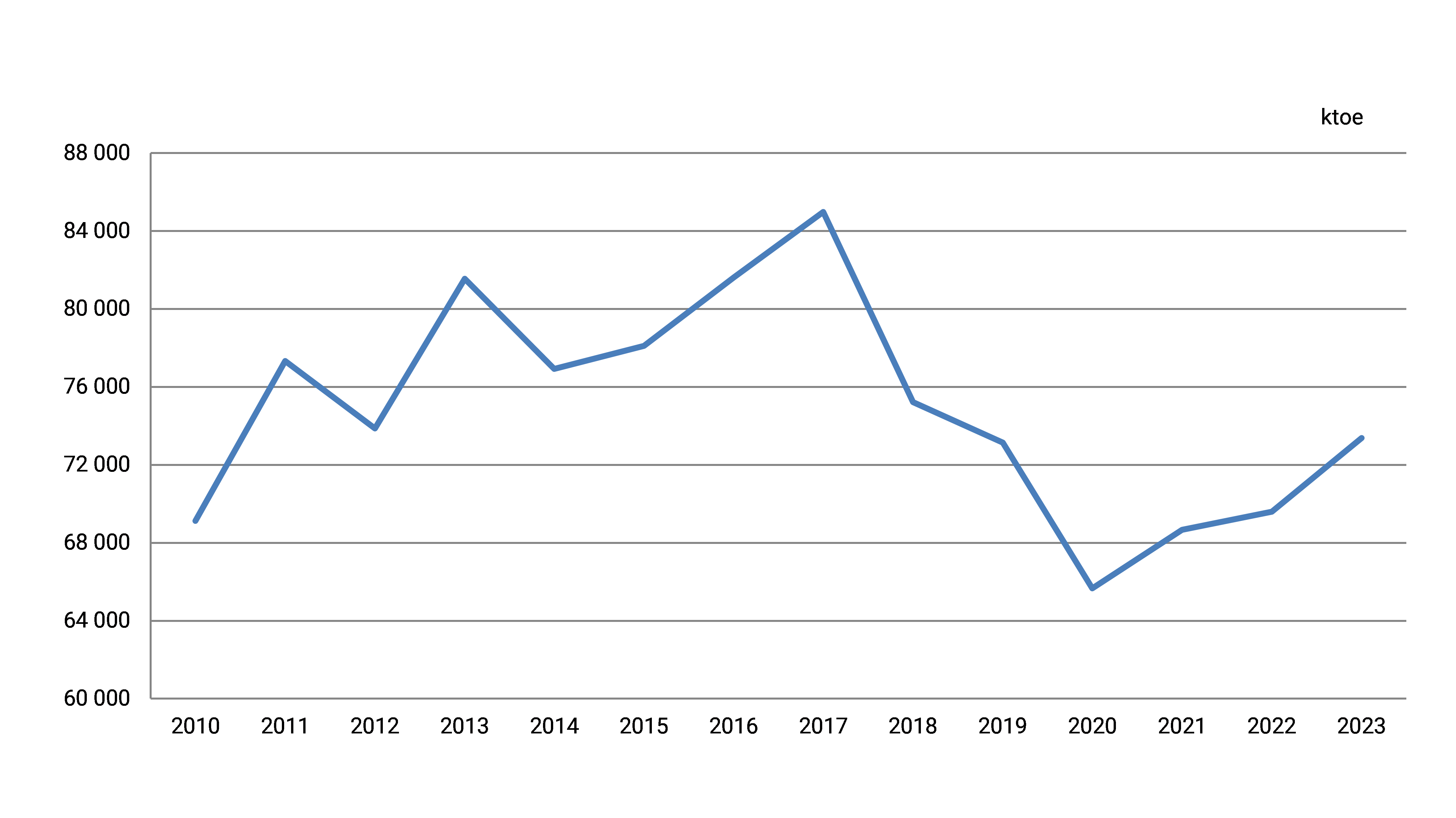Brief description:
The indicator reflects the amount of energy resourcesleft annually in the country as a whole and broken down by fuel and energytypes (coal, oil, petroleum products, natural gas, nuclear energy, hydropower, geothermal and solar energy, biofuels and waste, electricity and heat).Primary energy production takes into account the amount of energy received or produced from natural sources of the Republic of Kazakhstan after the removal of inert substances from the fuel, including energy consumed by the producer in the process of production (extraction) of these resources (consumption for own needs). Andconsolidated data of state statistics on the extraction (production) of fuel and energy resources are used.
Methodology:
The indicator is in accordance with the «Procedure for the formation of the fuel and energy balance and the estimation of some statistical indicators that characterize the energy sector», approved by order of the Chairman of the Committee on statistics of MNE of RK №160 dated 11 August 2016.The responsible state body for generating energy consumption data is The Bureau of National statistics of the Agency for Strategic planning and reforms of the Republic of Kazakhstan. Information is generated based on the results of national statistical observation in form 1-TEB (annual).
